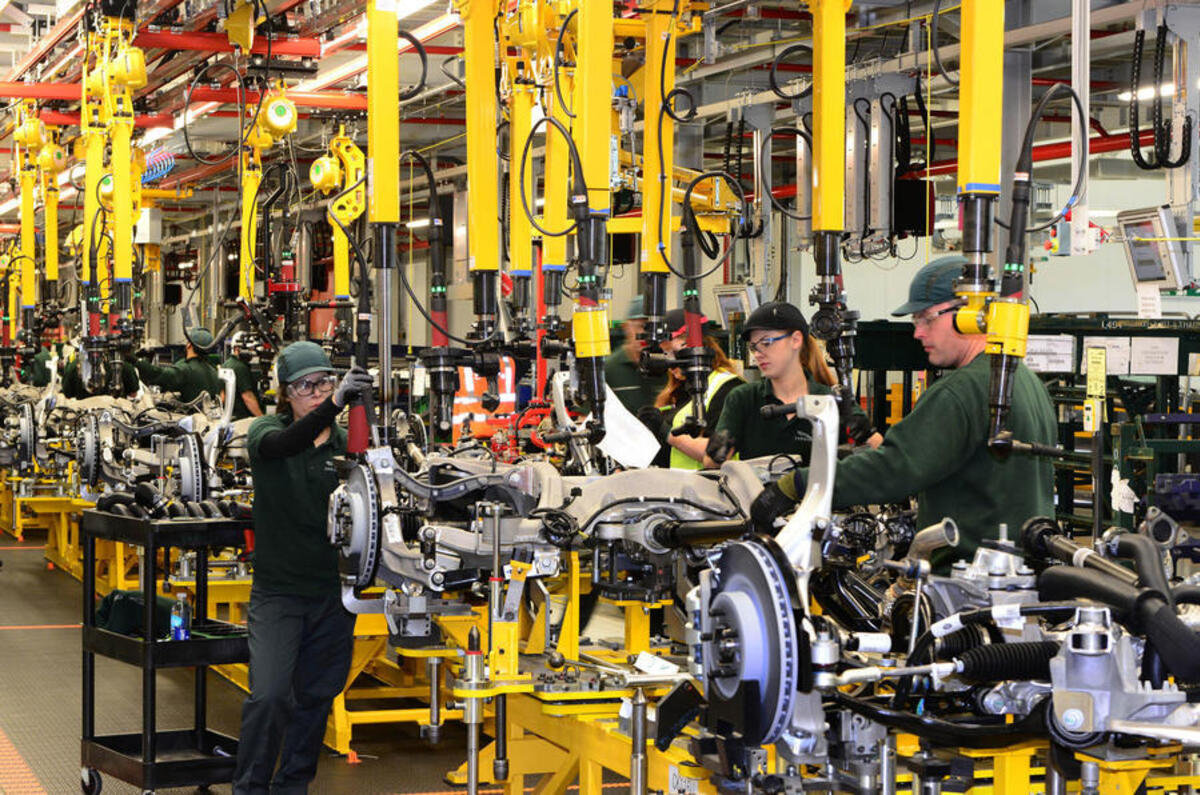The European automotive supplier industry, for so long an engine of global innovation, is having to shed jobs and reshape its business to cope with disruption from electrification and the desire for car makers to make more parts in-house.
The most recent job cuts come from Germany’s Bosch and Continental, globally two of the biggest automotive suppliers. Bosch said it will cut 1500 positions by 2025 at two German sites, one of which makes high-pressure pumps and components for exhaust treatment.




Add your comment